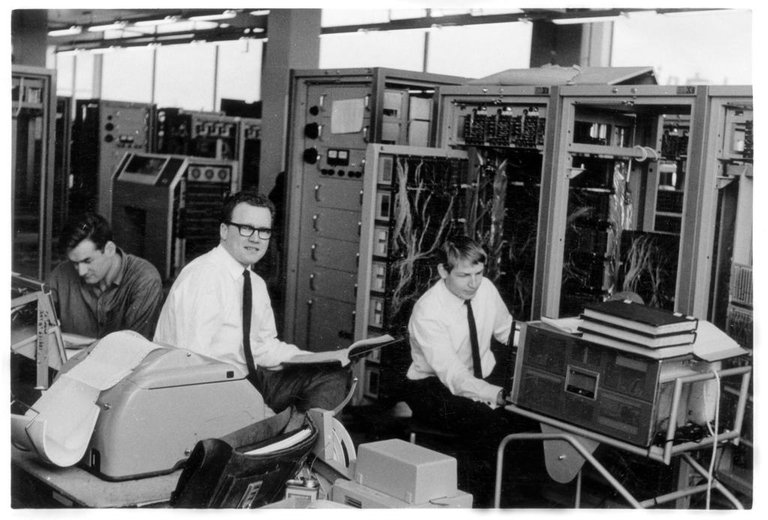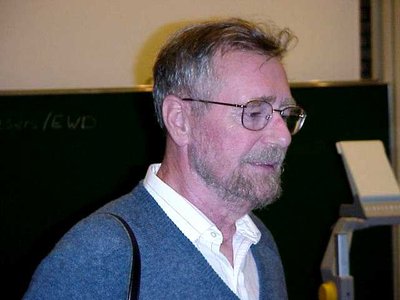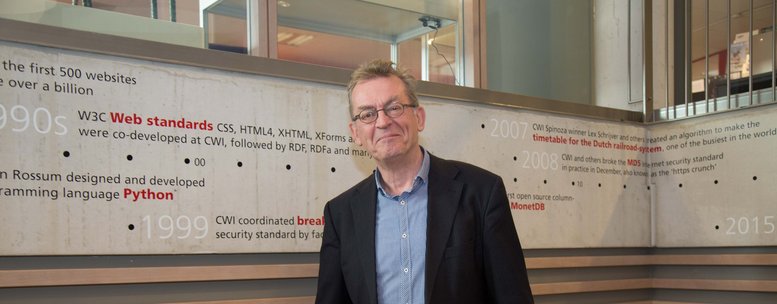How it all began
The history of CWI started in 1946, when the institute was founded under the name Mathematisch Centrum. Its purpose was to help rebuild the Netherlands after the Second World War.
According to the statutes this was to be achieved by ‘promoting the systematic practice of pure and applied mathematics in the Netherlands’. This should lead to ‘the raising of the level of prosperity and civilisation in the Netherlands’. In addition, the aim was ‘to increase the contribution of the Netherlands to international culture’.
Due to the ever-growing societal importance of computer science, the institute was renamed Centrum Wiskunde & Informatica (CWI) in September 1983.





